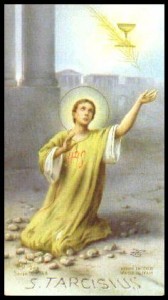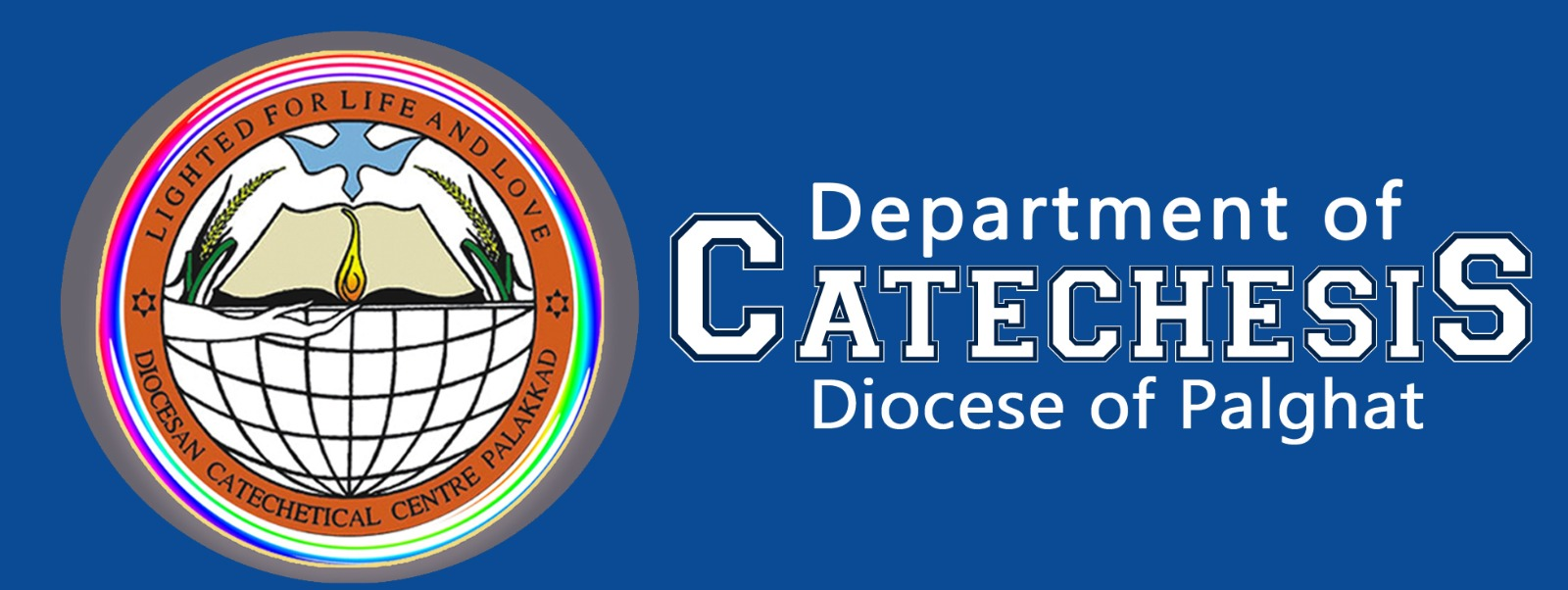Altar Boys Association

Someone who assists a priest or minister in liturgical service is an altar boy or altar servant. Altar servers perform most of the functions of the former “minor order” of ordinal clerics known as acolytes. The term server should be used for those who carry out the functions of the instituted acolyte. Altar servers today are not ordained, but are ‘commissioned’ by theirs parish priest.
Altar boys in the Catholic Church were first regarded as belonging to the clergy, thus they had to learn prayers, songs, and had to behave in a well manner and follow all the rules that were set on them. Many became priests later in life. It is very great honor to be an altar boy at the Lord’s Altar for the Holy Mass. The altar boy helps the priest in those things which he does at the altar during the Holy Mass and other liturgical events. He also sets a good example to the whole congregation, since he is highly visible and able to help the people in the church to also be reverent.
Altar servers must have received first confession and Holy Communion. Being a server means serving God and people at the Holy Mass. Altar servers can be said to be a very fortunate that he has been chosen by God to give service during the celebration of the liturgy. The liturgy is a public act of worship that the church gives to God, so the service of the Altar server is exceptionally important. They are the closest persons to the Altar and to the priest who represents Jesus Christ during the celebration of the Holy Mass and the administration of the Sacraments.
Dear altar servers, you are, in fact already apostles of Jesus! When you take part in the liturgy, you offer a witness to all. Your absorption, the devotion that wells up from your heart and is expressed in gesture, in song, and in the response; if you do it correctly and not absent- mindedly, then is a certain way your witness is one that moves people.
The Holy Eucharist is the source and summit of the bond of friendship with Jesus. You are very close to Jesus in the Eucharist, and this is the most important sign of his friendship for each one of us. Do not forget it.
[Excerpt from Pope Benedict XVI, Address to Altar Servers, August 2, 2006]
Qualifications
– Owner of an unchallengeable and unquestionable faith.
– must have strong desire.
– should keep purity in life.
– Punctuality
– Concentration
– should have more clarity in all matters
– should be a strong believer in the teachings of the Holy Catholic Church
Duties
– Reach the church at least 10 minutes before the Holy Mass and pray before the Blessed Sacrament
– Keep silence in the sacristy
– Dress (kothina) neatly
– Help the priest to vest
– Do sufficient preparation for the daily Bible readings

St Dominic Savio
On April 2, 1842 in the village of Rive in northern Italy, a son was born to Carlo and Brigitta Savio. His parents had ten children in all. His father was a blacksmith and his mother, a seamstress. They were poor, hardworking and pious. His parents took great care to give him a Christian upbringing. By the age of four, Dominic was able to pray by himself. At the age of five he learned to serve Holy Mass and would try to participate at Holy Mass every day. At the age of seven, his parish priest permitted Dominic to receive first Holy Communion, because at that time, it was customary for children to receive their first Holy Communion at the age of twelve.
On the day of first Holy Communion at the age of seven, Dominic made some promises. He wrote it in a little book that:
1) I will go to confession often, and as frequently to Holy Communion as my confessor allows.
2) I wish to sanctify the Sundays and festivals in a special manner.
3) My friends shall be Jesus and Mary.
4) Death rather than sin.
With a strong desire to become a saint he joined to the Oratory of St. Francis De Sales. He was the master of obedience and he believed that it was the greatest sacrifice. Dominic formed an important aspect of his philosophy of life, which was, in his words, “I cannot do big things but I want everything is to be for the glory of God.” With the help of his friends he started a group called Sodality of Mary Immaculate. The aim of which was to obtain the special protection of Mary during life and at the time of death.
Under the spiritual guidance of Don Bosco, Dominic led a saintly life. But Dominic’s health was steadily deteriorating. He came back to his house and gone for eternal life on March 9, 1857 at the age of fourteen.
His canonization was on 12th June 1954 by Pope Pius XII. His feast day is on May 6th.

St. John Berchmans
John Berchmans was born 13 March 1599, as the son of a shoe maker. His parents were John Charles and Elizabeth Berchmans. He was the eldest of the five children. When he was hardly seven years old, he was accustomed to rise early and serve two or three Holy Masses with the greatest fervor. He entered the Jesuit College at Mechlin and he enrolled in the Society of the Blessed Virgin, and he made a resolution to recite her office daily. On Fridays, at nightfall, he would go out barefooted and make the Stations of the Cross in the town. Towards the end of his course, he acknowledged the grace of a religious vocation. Even though his family was decidedly opposed to this, and on 24 September, 1616, he was received into the novitiate at Mechlin. After two years passed, he made his simple vows, and send to Rome for Philosophical studies.
During his life John offered the type of a saint who performs ordinary actions with extraordinary perfection. In his purity, obedience and admirable charity he resembled many religious, but he surpassed them all by his intense love for the rules of his order. The constitutions of the Society of Jesus lead those who observe them exactly to the highest degree of sanctity, as has been declared by Pope Julius III and his successors. The attainment of that ideal was what John proposed to himself, “If I do not become a saint when I am young” he used to say “I shall never become one.” He would have preferred death to the violation of the least of the rules of his order.
In august 1621, he was seized with a violent fever. His lungs became inflamed and his strength diminished rapidly. On 13 august 1621, at the age of twenty two years and five months he gave his soul in the hands of his Lord. A large crowd gathered for several days to view his remains before burial.
John Berchmans was declared Blessed in 1865, and was canonized in 1888.

St . Tarcisius
Tarcisius was a 12 year old acolyte during one of the fierce Roman persecutions of the 3rd century. Each day, from a secret meeting place in the catacombs where Christians gathered for Holy Mass, a deacon would be sent to the prisons to carry the Holy Eucharist to those Christians condemned to die. At one point, there was no deacon to send and so, Tarcisius, an acolyte, was sent carrying the “Holy Mysteries” to those in prison.
On the way, he was stopped by boys of his own age who were not Christians but knew him as a playmate and lover of games. He was asked to join their games, but this time he refused and the crowd of boys noticed that he was carrying something. Somehow, he was also recognized as a Christian, and the small gang of boys, anxious to view the Christian “mysteries”, became a mob and turned upon Tarcisius with fury. He went down under the blows, and it is believed that a fellow Christian drove off the mob and rescued the young acolyte.
The mangled body of Tarcisius was carried back to the catacombs, but the boy died on the way from his injuries. Tarcisius, one of the patron saints of altar boys, has always been an example of youthful courage and devotion, and his story was one that was told again and again to urge others to a like heroism in suffering for their faith.
His feast day is celebrated on 15th of August. He is the patron saint of Altar Servers and those who receive First Holy Communion.
